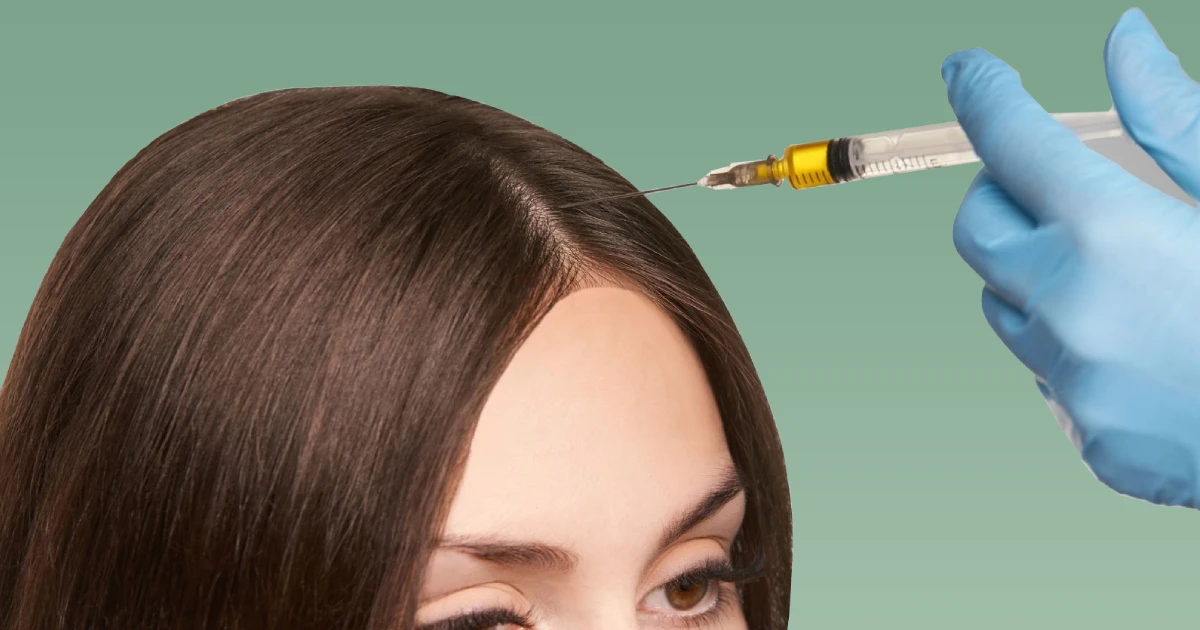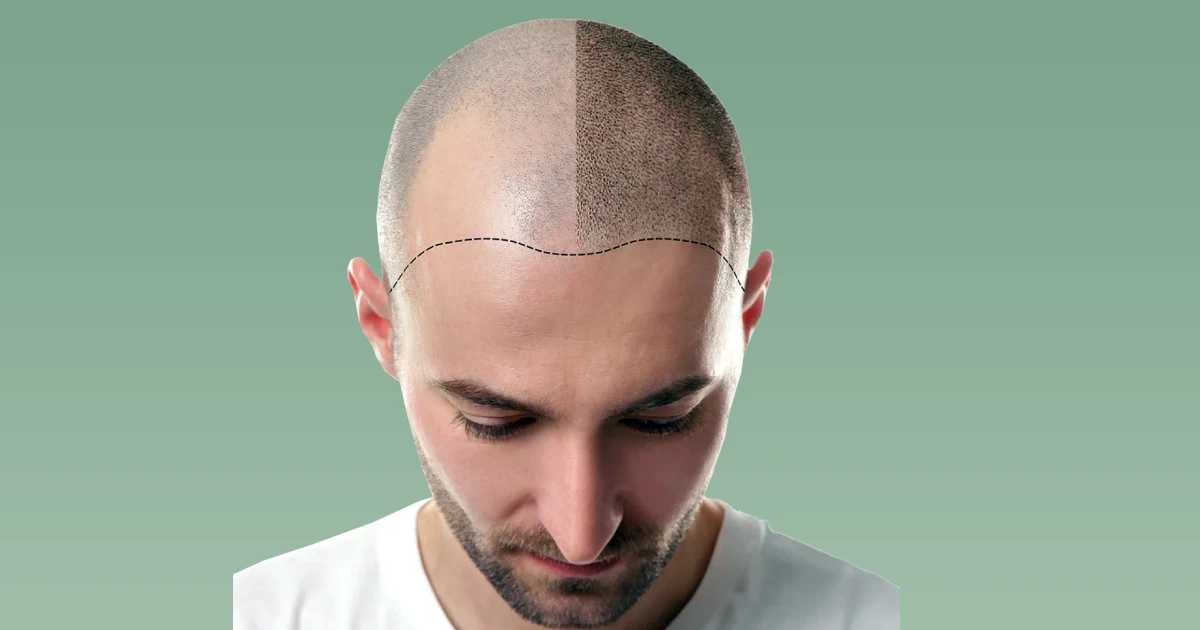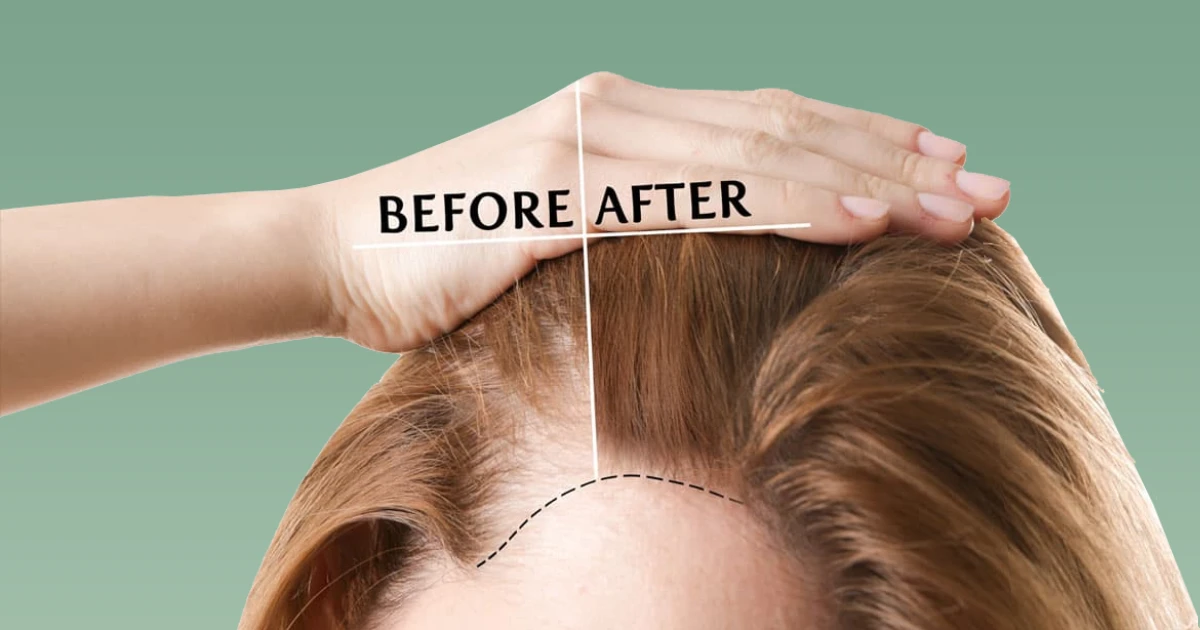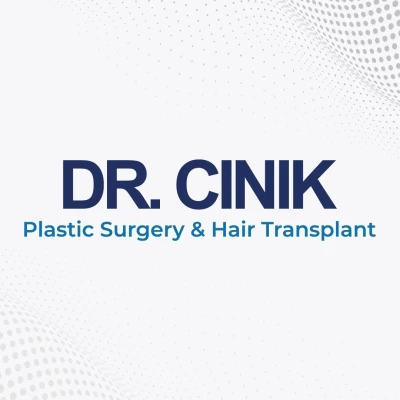Trapianto di capelli
One of the most annoying issues that almost everyone, whether male or female, finds most annoying is hair loss and baldness. This situation is caused by various factors such as genetic factors, stress, accidents and improper care applied to the hair and causes the person to lose their hair. With the rapid advancement of technology in recent years, we have the chance to intervene in problems such as hair loss and baldness. Moreover, the latest technologies have started to be developed to exclude factors such as pain and pain-related medication. From this point of view, hair transplantation has started to be seen as an ordinary treatment.
However, the issue to be considered here is to work with specialised physicians who offer a correct treatment plan so that both your health and the money you spend are not wasted. Izmir Clinic team, Turkey's best hair transplant clinics in order to offer you the best hair transplant clinics by making a thorough examination of only those clinics that can meet certain conditions.
Turkey is becoming increasingly popular due to its central location and the fact that it is a country that has trained many physicians specialising in hair transplantation treatment. Due to technological advancements and the fact that Turkey is also a tourist destination, it is also a good solution centre for anyone who wants to perform hair transplantation treatment within their holiday plans. In this article, we will try to provide those who want to have a hair transplant in Turkey with the information they are looking for.
What are the Types of Hair Transplantation?
There are two popular approaches to hair transplantation in Turkey. DHI hair transplantation and the increasingly popular sapphire FUE hair transplantation are the two most common techniques used for hair transplantation in Turkey.
DHI Hair Transplant
DHI Hair Transplantation or Direct Hair Transplantation is a procedure in which the hair follicles in the nape area are removed and transplanted directly to the balding area using a DHI pen. Although the technology options have started to increase due to both the increase in aesthetic requirements and the demand for factors such as the chance of success, DHI hair transplantation is the most popular example preferred in this field. DHI Hair Transplantation allows even those with weak hair grafts to benefit.
Modern hair transplantation techniques such as DHI allow maximum utilisation of the donor area. Methods such as DHI hair transplantation, developed for more frequent hair transplantation, work wonders in the field of hair transplantation. The success of hair transplantation continues to increase the interest in the procedure day by day.
Turkey is also a country with increasing popularity in this field. Clinics serving in cities such as Istanbul, Izmir and Antalya, which are developed both in tourism and health, are constantly following the technology in this field and trying to make DHI hair transplantation more accessible to everyone by making it a trend.
Sapphire FUE Hair Transplantation
Sapphire FUE hair transplantation method is a procedure in which the extracted hair follicles are transplanted to the balding area by making v-shaped incisions in the donor area using sapphire-tipped blades. Although it is a method that provides results beyond expectations even for patients with severe hair transplantation complaints, examining whether there is enough hair in the area where healthy follicles will be removed is critical for the success of the procedure.
Both Sapphire FUE and FUE hair transplantation are performed with the same stages. While the follicles to be transplanted in the FUE technique are collected using hair transplantation instruments, the difference of Sapphire FUE emerges during the canal opening stage in the donor area. In the Sapphire FUE technique, the U-shaped steel blade used in the traditional FUE technique is replaced by sharper sapphire blades made of natural sapphire stone and aluminum alloy.
How Much Does Hair Transplant Cost?
As in the rest of the world, there are various factors that affect hair transplantation costs in Turkey. The quality of the equipment used, location, expertise and similar reasons are the factors that determine the hair transplantation costs in Turkey.
DHI Hair Transplantation Cost in Turkey
DHI Hair transplantation may be more costly compared to other methods, including the FUE method. However, clinics serving in Turkey can offer more economical and successful results than the world average. Thousands of tourists come to Turkey every year to have hair transplantation, especially in cities such as Istanbul, Izmir and Antalya. These three cities host affordable and successful clinics for hair transplantation.
The most important factor that increases the DHI technique is undoubtedly the specially produced hair transplantation pen. Additionally, since using a hair transplant pen requires surgical expertise, this also causes increased labor costs. It is possible to find different hair transplant surgeons in Istanbul, Izmir and Antalya where you can have this procedure done.
Hair transplantation in Turkey offers many advantages that make it known worldwide as a suitable destination for hair transplantation. Türkiye is a very attractive option for high-cost hair transplantation procedures such as DHI. The cost of DHI hair transplantation varies between 1500 euros and 4000 euros in Istanbul, Antalya and Izmir.
Cost of Sapphire FUE Hair Transplant in Turkey
The cost of Sapphire FUE Hair Transplant is higher due to the valuable tips used in the procedure and the increased professional experience required to perform it, as in the DHI technique. Like in the DHI technique, the Sapphire FUE technique is also a significant destination in Turkey because clinics in Izmir, Istanbul, and Antalya have expert surgeons on their staff.
Many tourists from America, Europe and England who want a hair transplant come to Turkey. The main reason is that the FUE technique is more economical in Turkey. Sapphire FUE Technique costs between 1000 euros and 3000 euros.
Domande frequenti
Scegliere il giusto tipo di intervento di trapianto di capelli può essere complicato. Che si tratti di DHI o FUE, la grande quantità di informazioni disponibili può essere schiacciante.
Tipicamente, però, la tecnica FUE tende a essere l'opzione più popolare, soprattutto per gli uomini più anziani che sono calvi o che hanno i capelli diradati.
DHI, d'altra parte, è consigliata per i pazienti che hanno una perdita di capelli meno avanzata, in quanto questo tende a soddisfare il minor numero di innesti tipicamente utilizzati durante un intervento DHI. D'altra parte, la DHI tende a essere il metodo più costoso, e quindi questo può rendere la FUE un'opzione migliore per i pazienti che hanno un budget più limitato.
Vale anche la pena di notare che la scelta del trattamento finale sarà in parte basata sui consigli del medico.
In poche parole, un'unità follicolare è un gruppo di due, tre o quattro follicoli piliferi. Un innesto si riferisce semplicemente a un pezzo di tessuto vivente che viene spostato chirurgicamente da un sito corporeo a un altro, senza portare con sé il proprio apporto di sangue. Una volta posizionato nel sito di destinazione, crescerà un nuovo apporto di sangue.
In genere, la procedura dura dalle 4 alle 8 ore. La durata dell'intervento di trapianto di capelli varia in base al numero di innesti necessari e alle dimensioni dell'équipe chirurgica. Poiché l'intervento viene eseguito in anestesia locale, il paziente è completamente sveglio e può leggere, guardare la TV, conversare o anche mangiare durante questo periodo.
Dopo l'intervento di trapianto di capelli, è possibile camminare e riprendere la maggior parte delle normali attività quotidiane. Dopo il trattamento sarà necessario indossare un bendaggio sulla testa, che potrà essere rimosso il giorno successivo all'intervento. Nelle prime 1-2 settimane successive al trattamento, l'area trapiantata e quella donatrice possono essere gonfie, arrossate e tenere, ma questo fenomeno si attenuerà gradualmente tra le 2-3 settimane successive all'intervento. Anche in presenza di arrossamento e tenerezza, è possibile riprendere attività leggere dopo un paio di giorni e tornare al lavoro 2-3 giorni dopo il trattamento.
Dopo un mese dal trattamento, è possibile riprendere l'attività fisica, compreso il nuoto. I cappelli possono essere indossati dopo 10 giorni, ma gli elmetti non devono essere indossati prima di quattro settimane dopo l'intervento.
Il trapianto di capelli è una procedura medica semplice, poco invasiva e a rischio relativamente basso. Tuttavia, come per qualsiasi procedura chirurgica, esistono rischi associati e potenziali effetti collaterali. Questi possono includere sanguinamento, infezione, gonfiore del cuoio capelluto e/o della fronte, cicatrici e crescita irregolare dei capelli. Tuttavia, la maggior parte dei problemi post-operatori può essere evitata se il trattamento è ben pianificato ed eseguito da uno specialista qualificato ed esperto.
La copertura totale è possibile? Questa è una domanda comune tra i pazienti sottoposti a trapianto di capelli e, purtroppo, non è possibile rispondere con un sì o un no definitivo. Come spesso accade per gli interventi di trapianto di capelli, dipende da una serie di fattori. Tra questi, la quantità di capelli presenti prima del trattamento, il tipo di capelli, eventuali segni di perdita futura e le aspettative del medico per l'intervento di ripristino dei capelli.
Un singolo trapianto è solitamente concepito per essere una procedura a sé stante, ma un secondo trapianto può migliorare i risultati del primo. I pazienti di solito scelgono di sottoporsi a un secondo trapianto di capelli per ottenere maggiore densità o copertura.
A differenza di quanto accadeva negli anni '80 e '90, quando la vista dei capelli innaturali era molto diffusa, le moderne tecniche utilizzate per la chirurgia del trapianto di capelli consentono di impiantare i capelli individualmente e con eccellente precisione. Questo permette agli specialisti di creare risultati dall'aspetto estremamente naturale, con i capelli trapiantati che non differiscono dal resto dei capelli sulla testa. Ciò significa che, a seconda dei cambiamenti di copertura che il trapianto di capelli comporta, non sarà certamente evidente a un passante che vi siete sottoposti a un intervento di trapianto di capelli.
Treatment Types

DHI Transplant
Experience a revolutionary solution to hair loss with DHI transplant. Bid farewell to thinning hair and embrace a natural, fuller mane. Our skilled surgeons use advanced techniques for seamless results. Schedule a consultation to embark on a journey towards regaining confidence and restoring your youthful appearance with thicker, healthier hair.
Beard Transplant
Achieve the beard of your dreams with a beard transplant. Say goodbye to patchy growth and hello to a full, thick beard that exudes confidence. Our skilled team ensures a seamless procedure tailored to your desired style. Schedule a consultation today and embrace the opportunity to redefine your masculinity with a vibrant, natural beard.
Platelet Rich Plasma (PRP)
Revitalize your skin with Platelet Rich Plasma (PRP) therapy. Harnessing your body's natural healing power, PRP stimulates collagen production, reducing wrinkles and rejuvenating your complexion. Our expert team ensures a safe and effective procedure tailored to your needs, restoring your skin's youthful glow. Schedule a consultation today and unveil a revitalized, radiant complexion.
Sapphire Fue Hair Transplant
Experience cutting-edge hair restoration with Sapphire FUE hair transplant. Bid farewell to hair loss concerns and welcome back a natural, fuller head of hair. Our advanced technique ensures precise and seamless results. Schedule a consultation today to embark on your journey towards thicker, healthier hair and renewed confidence.






